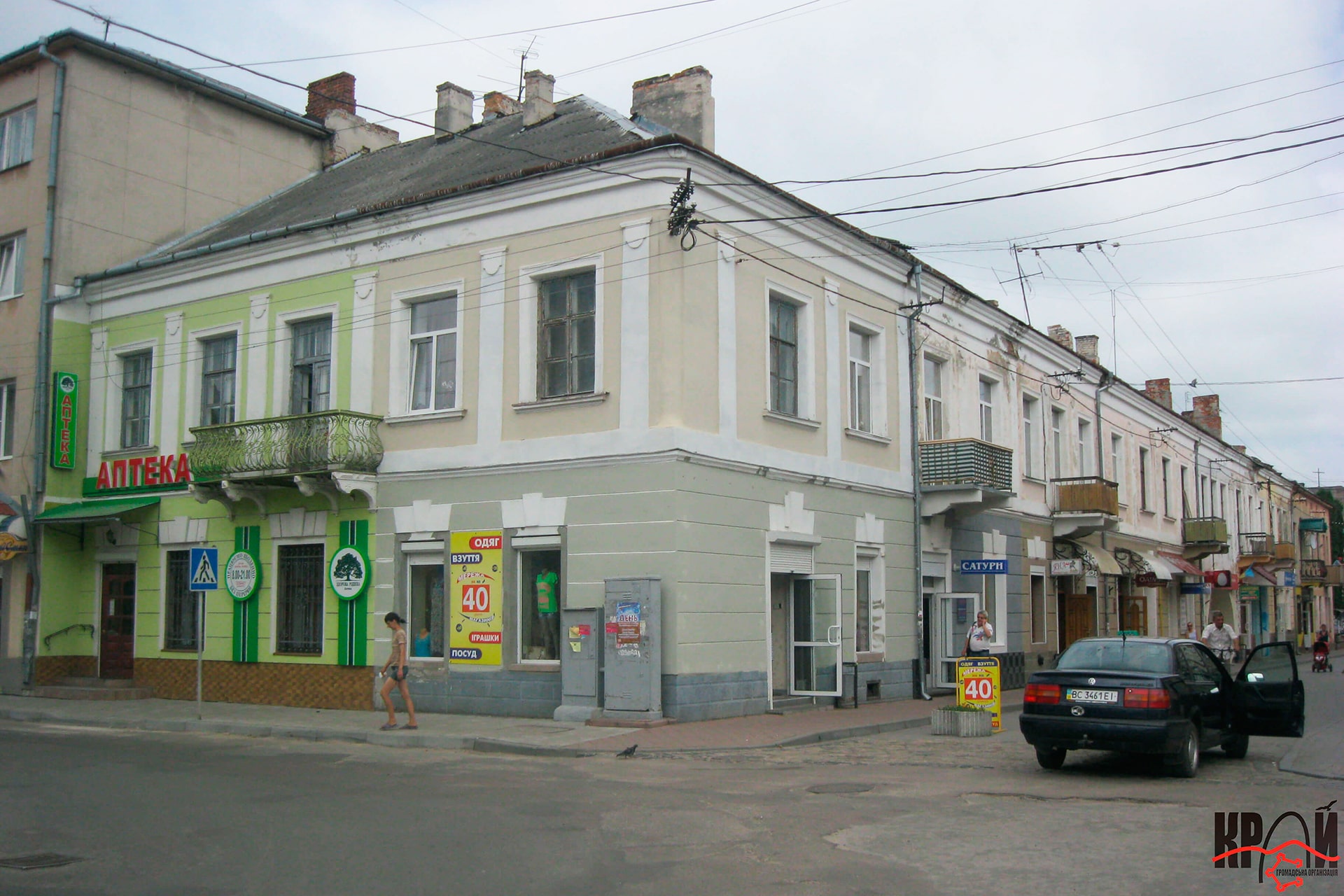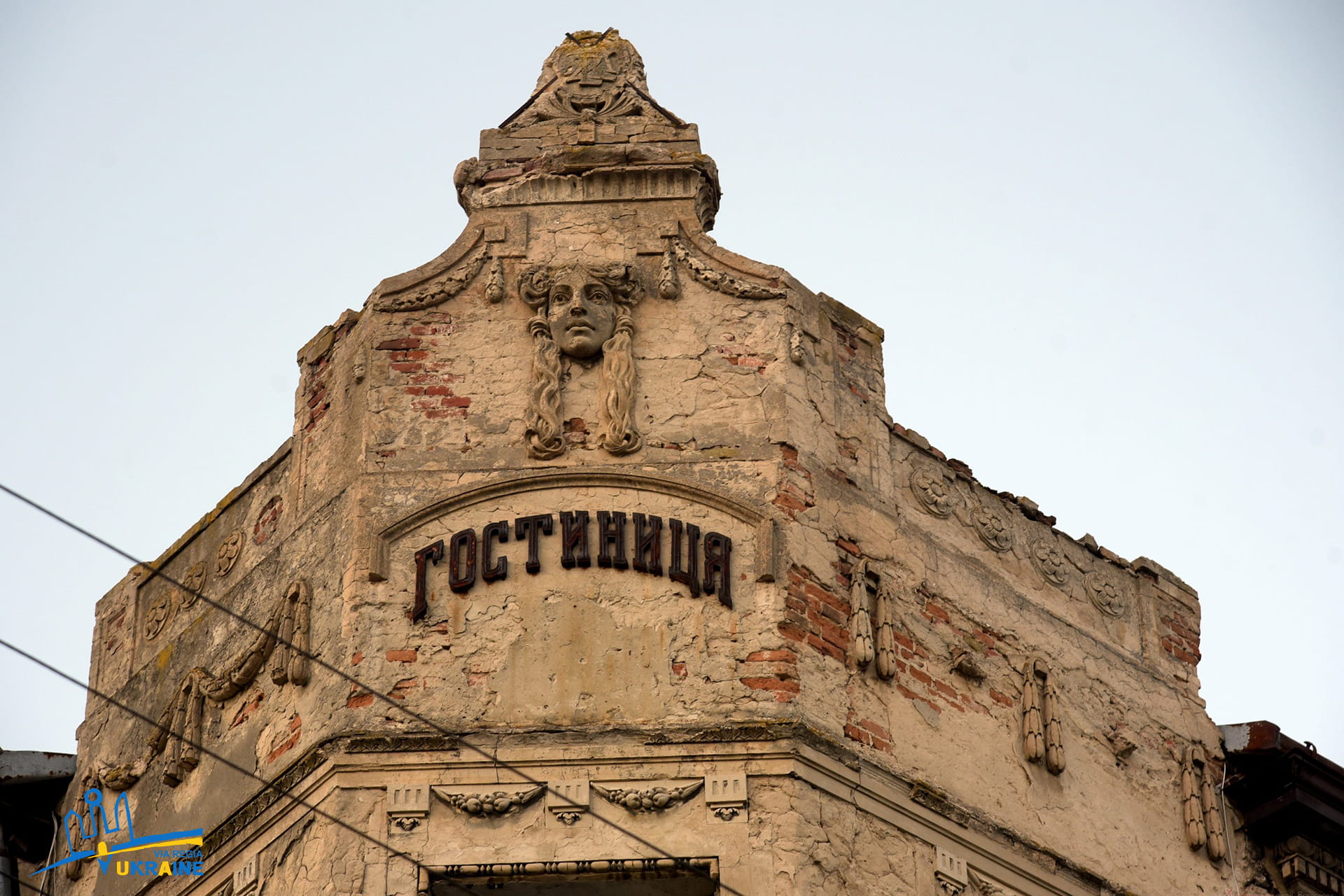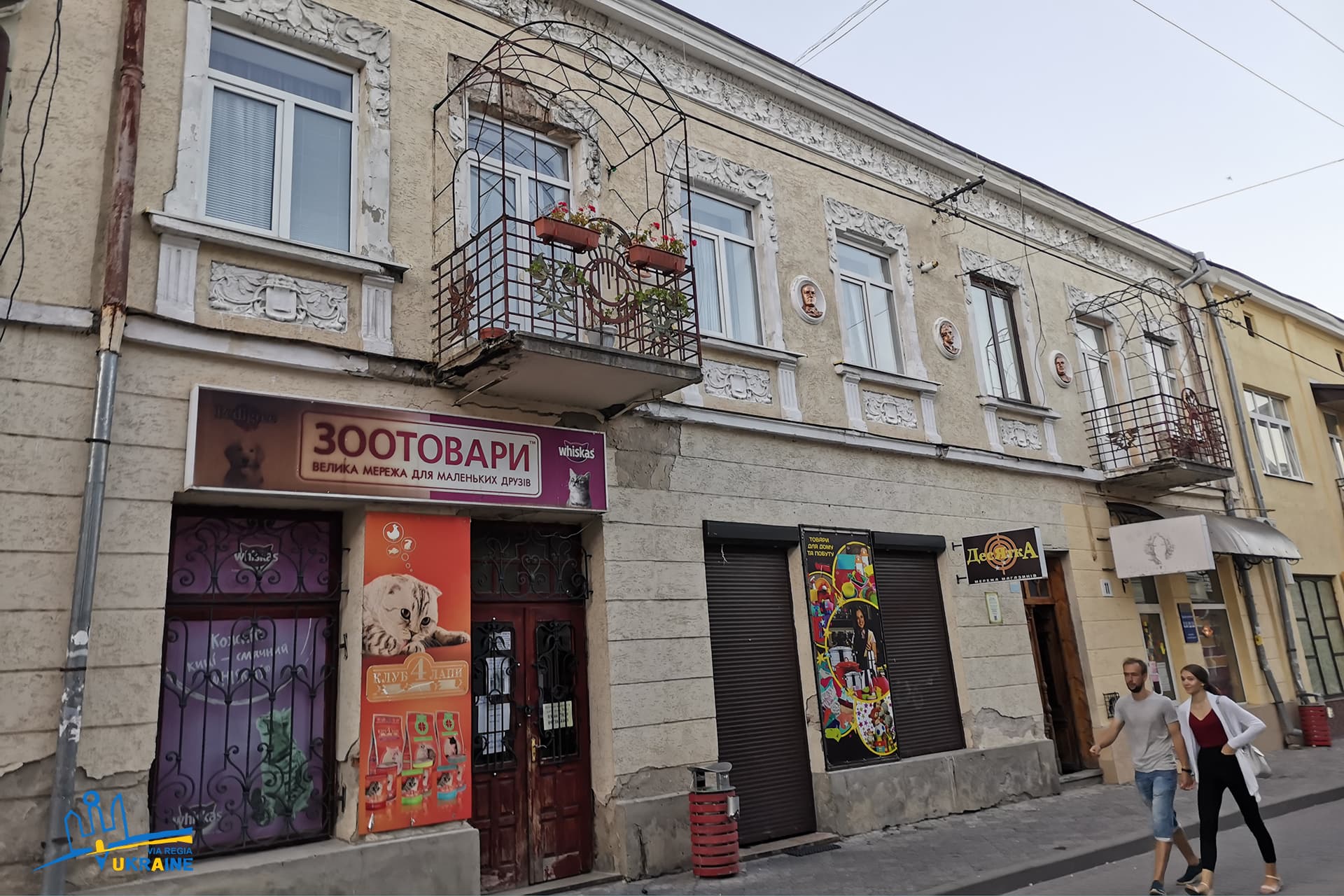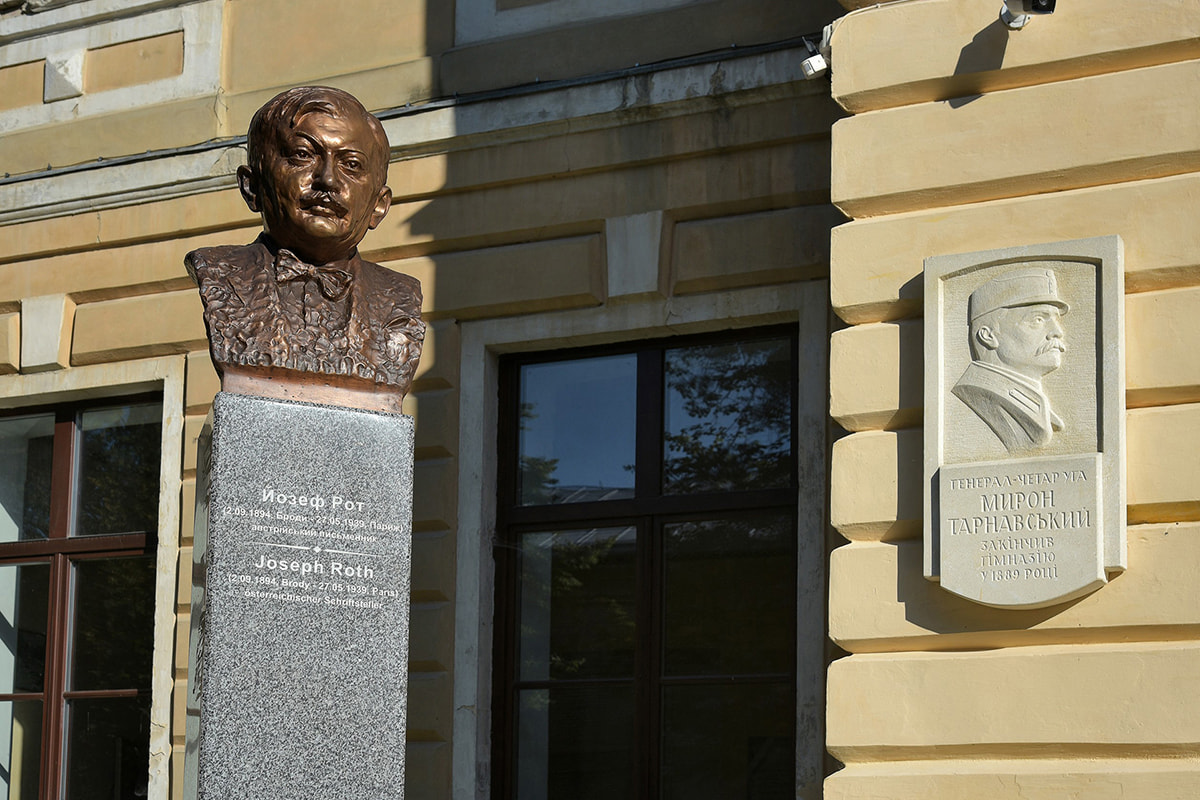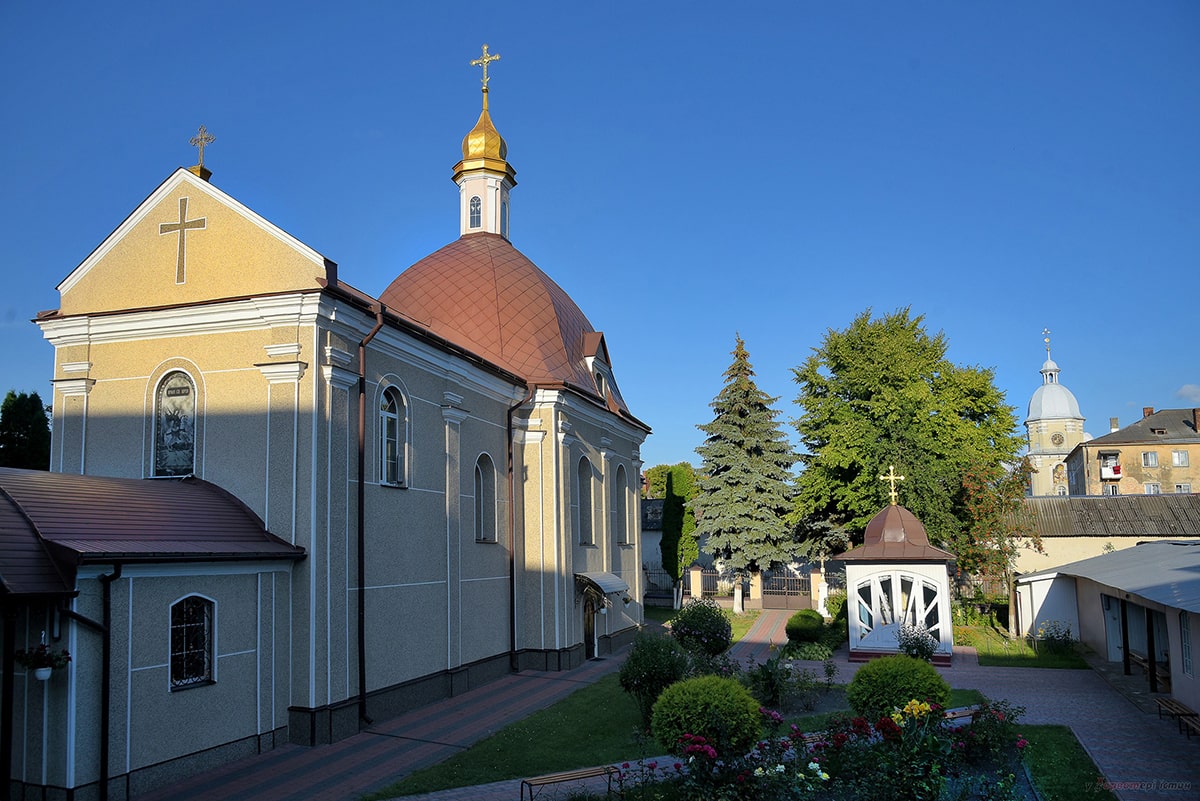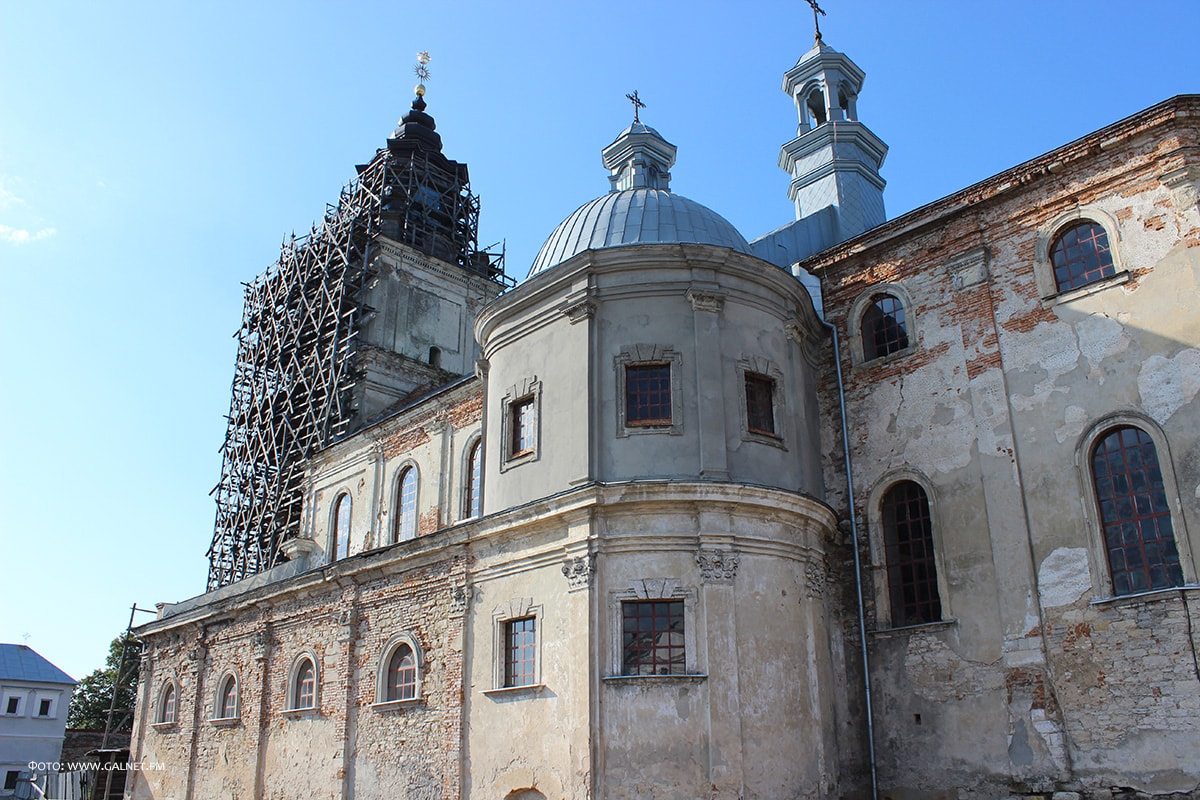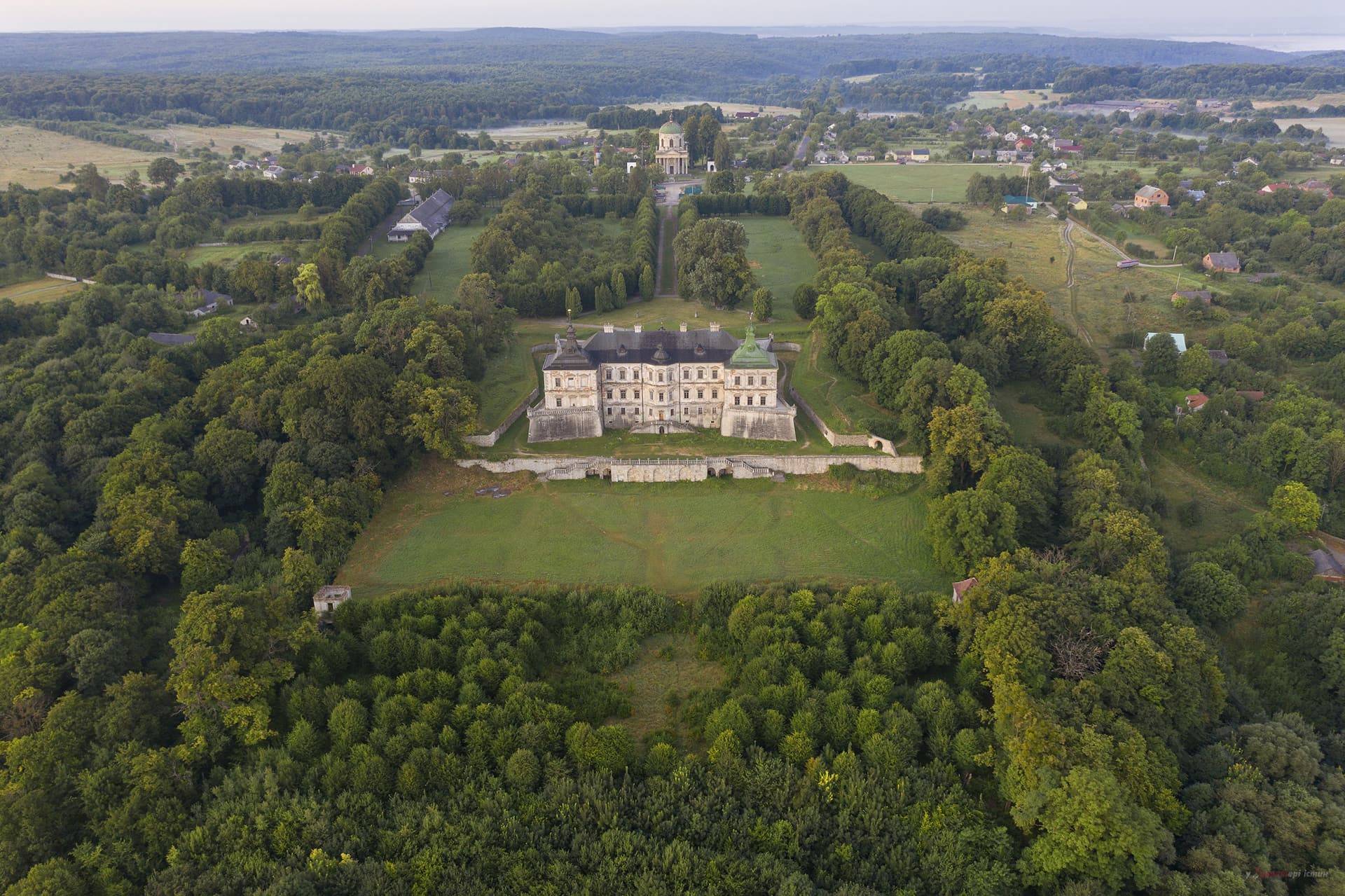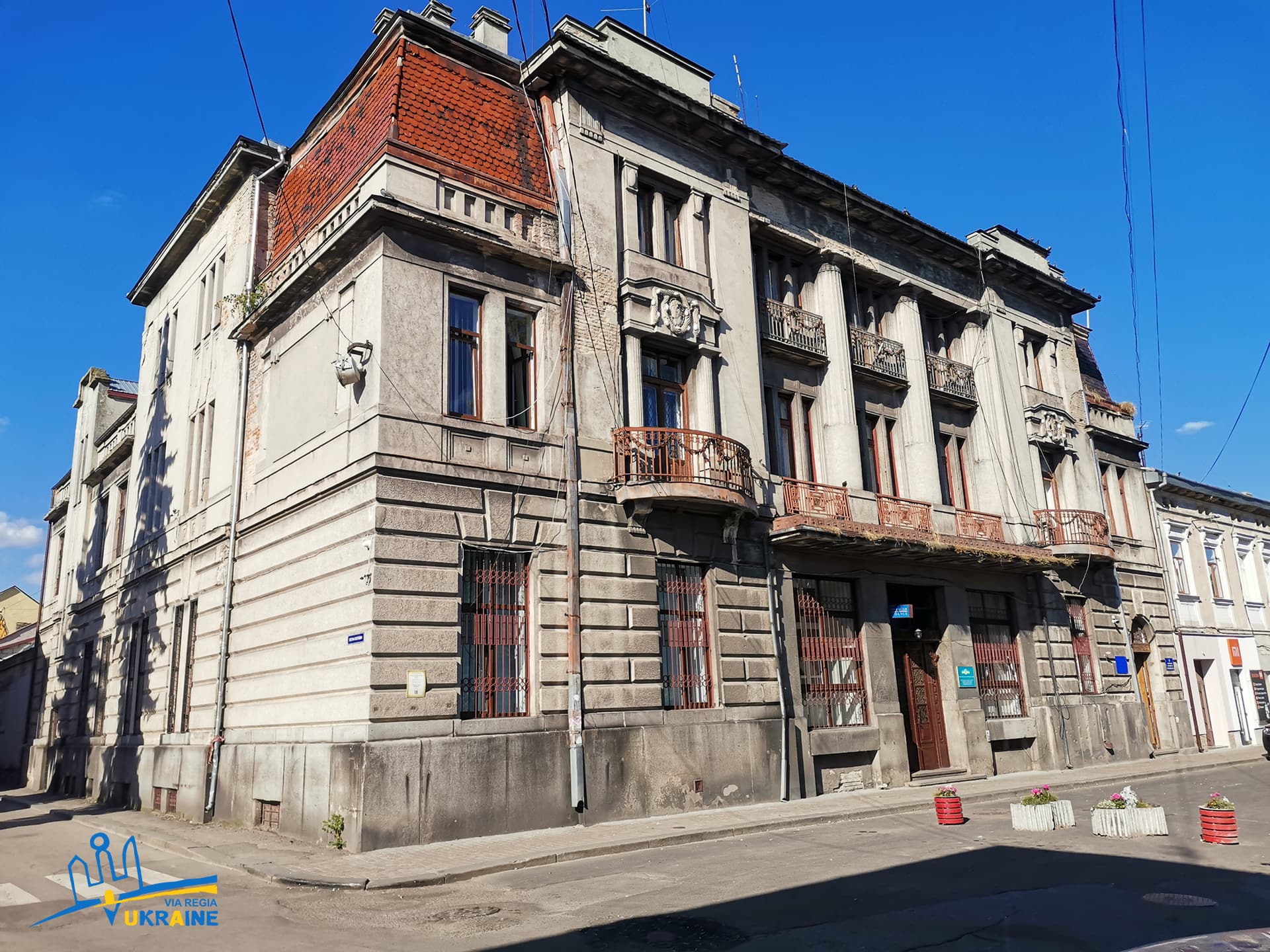
First mentioned in documents in 1588. The new castle was built in 1630-1635 by the owner of the city, the Grand Crown Hetman of the Commonwealth S. Koniecpolski, designed by French engineer GL de Beauplan.
It was a powerful bastion-type stronghold in the form of a regular pentagon, with five earthen bastions and curtains between them, inside which were brick and stone casemates. From the outside, the earthen rampart of the castle was lined with hewn stone, and the fortress itself was surrounded by a moat with water. The entrance to the fortress was through a drawbridge and a gate.
The castle repeatedly withstood the attacks of the Tatars. In the autumn of 1648, B. Khmelnytsky’s Cossack troops kept him under siege for 8 weeks. The castle performed its defensive functions until 1812, when at the request of the Russians it was destroyed by the Austrians.
During the Soviet era, there was a forklift repair plant here. Currently, the castle casemates are in ruins.
The two-story Potocki Palace, which was built in the middle of the 18th century, is located on the site of Brody Castle. (1704-1834) by the Potocki family. It housed art collections, a library collected by Franciszek Potocki (1788-1853), and in the late nineteenth – early twentieth century there was a private museum of paintings and ancient furniture of the last owner of the castle palace, Countess Jadwiga Zyszczewska.
The palace burned down during the hostilities of 1915 and 1920, and its collections were looted. The palace and its interiors were completely devastated in 1939-1941 during the first Soviet occupation of western Ukraine.
Now the monument is used for cultural and educational purposes: here are the school, the district archive and exhibition halls of the Brody Museum of History and Local Lore.

